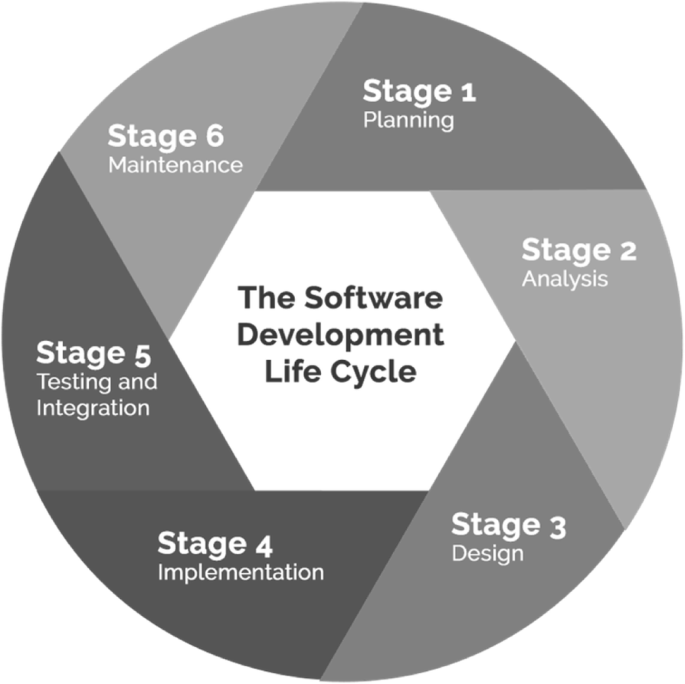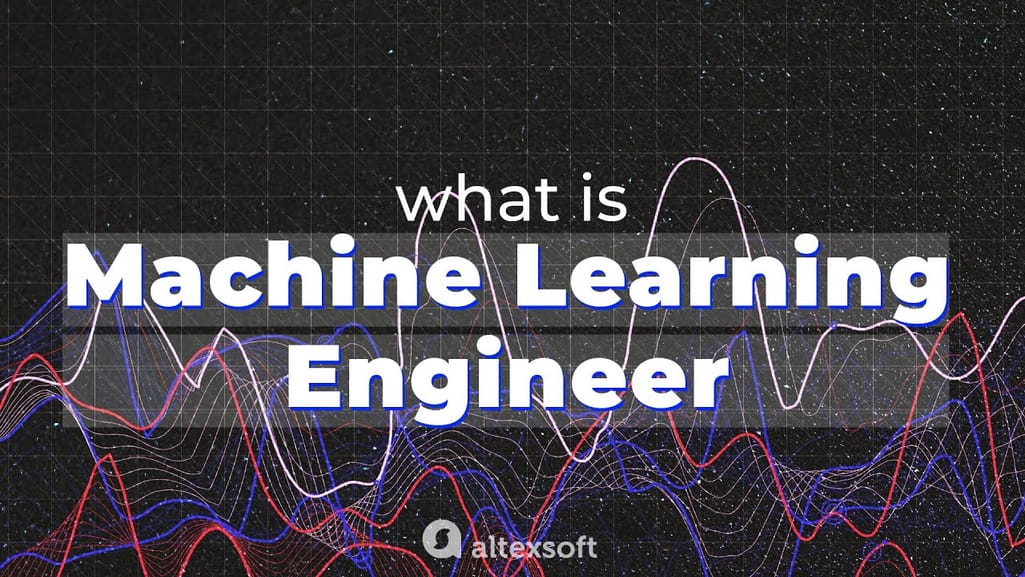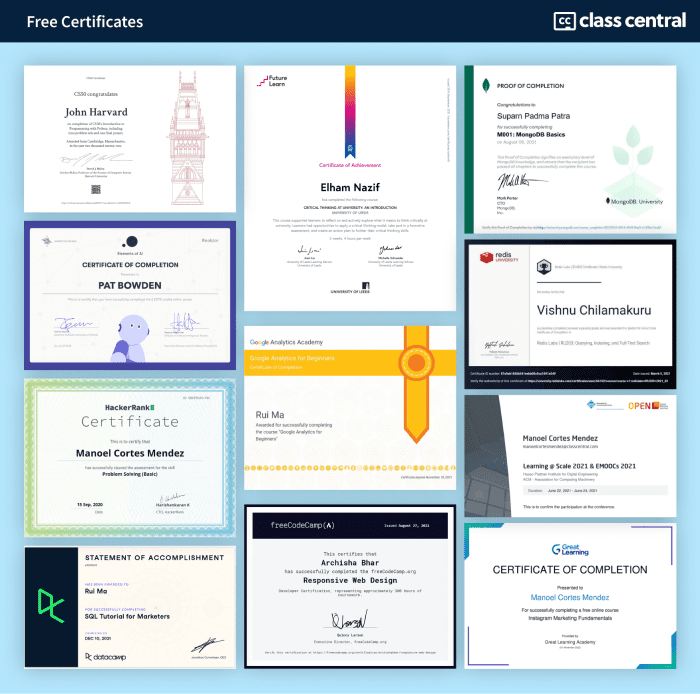All Categories
Featured
Table of Contents
- – Getting My Machine Learning Engineer Full Cour...
- – All About Machine Learning Engineer Learning Path
- – The smart Trick of Machine Learning Applied T...
- – The 15-Second Trick For From Software Enginee...
- – Machine Learning In Production Can Be Fun Fo...
- – The smart Trick of How I Went From Software ...
You probably recognize Santiago from his Twitter. On Twitter, every day, he shares a great deal of practical points concerning maker knowing. Alexey: Before we go into our primary topic of relocating from software program design to maker learning, possibly we can start with your background.
I started as a software application developer. I went to university, obtained a computer technology degree, and I started building software program. I assume it was 2015 when I decided to opt for a Master's in computer technology. At that time, I had no concept regarding artificial intelligence. I really did not have any kind of passion in it.
I know you've been using the term "transitioning from software program design to artificial intelligence". I such as the term "adding to my ability the artificial intelligence skills" much more because I believe if you're a software designer, you are currently giving a whole lot of value. By including artificial intelligence currently, you're increasing the impact that you can have on the industry.
Alexey: This comes back to one of your tweets or maybe it was from your training course when you contrast 2 strategies to learning. In this situation, it was some trouble from Kaggle about this Titanic dataset, and you just learn exactly how to resolve this problem utilizing a particular device, like decision trees from SciKit Learn.
Getting My Machine Learning Engineer Full Course - Restackio To Work
You first find out math, or straight algebra, calculus. Then when you recognize the math, you most likely to artificial intelligence theory and you discover the theory. 4 years later on, you ultimately come to applications, "Okay, how do I make use of all these four years of mathematics to solve this Titanic trouble?" Right? So in the previous, you sort of save on your own a long time, I believe.
If I have an electric outlet right here that I require replacing, I do not want to most likely to university, spend 4 years recognizing the math behind electrical power and the physics and all of that, simply to change an electrical outlet. I prefer to start with the electrical outlet and locate a YouTube video that assists me go via the trouble.
Santiago: I really like the concept of starting with a trouble, attempting to throw out what I recognize up to that trouble and understand why it doesn't function. Grab the tools that I require to fix that issue and start excavating deeper and deeper and deeper from that factor on.
Alexey: Maybe we can speak a little bit regarding learning resources. You stated in Kaggle there is an introduction tutorial, where you can obtain and learn just how to make decision trees.
The only need for that course is that you understand a bit of Python. If you're a designer, that's a fantastic beginning factor. (38:48) Santiago: If you're not a developer, then I do have a pin on my Twitter account. If you most likely to my profile, the tweet that's going to get on the top, the one that claims "pinned tweet".
All About Machine Learning Engineer Learning Path

Even if you're not a developer, you can begin with Python and function your means to even more artificial intelligence. This roadmap is focused on Coursera, which is a system that I actually, actually like. You can audit all of the courses free of charge or you can spend for the Coursera subscription to get certificates if you intend to.
Alexey: This comes back to one of your tweets or perhaps it was from your course when you contrast 2 strategies to learning. In this instance, it was some problem from Kaggle concerning this Titanic dataset, and you just find out exactly how to solve this problem using a certain tool, like decision trees from SciKit Learn.

You first find out mathematics, or linear algebra, calculus. Then when you recognize the mathematics, you most likely to machine knowing concept and you learn the theory. Four years later on, you ultimately come to applications, "Okay, just how do I use all these 4 years of math to address this Titanic problem?" Right? In the previous, you kind of save on your own some time, I assume.
If I have an electrical outlet here that I need changing, I don't wish to go to university, spend four years understanding the mathematics behind power and the physics and all of that, simply to change an electrical outlet. I prefer to start with the electrical outlet and find a YouTube video that assists me experience the problem.
Santiago: I actually like the concept of starting with an issue, trying to toss out what I know up to that problem and recognize why it doesn't work. Order the tools that I require to solve that problem and start digging much deeper and much deeper and much deeper from that point on.
Alexey: Possibly we can talk a little bit regarding finding out resources. You stated in Kaggle there is an introduction tutorial, where you can obtain and discover just how to make decision trees.
The smart Trick of Machine Learning Applied To Code Development That Nobody is Talking About
The only requirement for that training course is that you understand a little bit of Python. If you go to my account, the tweet that's going to be on the top, the one that says "pinned tweet".
Also if you're not a designer, you can begin with Python and work your means to even more artificial intelligence. This roadmap is concentrated on Coursera, which is a system that I really, really like. You can investigate every one of the training courses free of charge or you can pay for the Coursera subscription to get certificates if you wish to.
The 15-Second Trick For From Software Engineering To Machine Learning
To make sure that's what I would certainly do. Alexey: This returns to among your tweets or possibly it was from your program when you contrast two techniques to discovering. One method is the issue based strategy, which you just discussed. You find a trouble. In this instance, it was some issue from Kaggle about this Titanic dataset, and you simply discover how to resolve this trouble using a specific tool, like choice trees from SciKit Learn.

You first discover math, or straight algebra, calculus. When you know the mathematics, you go to machine knowing concept and you find out the concept.
If I have an electric outlet here that I need changing, I do not intend to go to university, spend four years comprehending the mathematics behind electrical energy and the physics and all of that, simply to change an outlet. I would certainly instead start with the outlet and find a YouTube video that assists me go via the trouble.
Santiago: I truly like the concept of starting with an issue, trying to throw out what I understand up to that trouble and understand why it does not function. Order the devices that I require to solve that problem and begin excavating much deeper and much deeper and deeper from that point on.
To make sure that's what I typically recommend. Alexey: Maybe we can speak a bit concerning finding out resources. You mentioned in Kaggle there is an intro tutorial, where you can obtain and learn just how to make choice trees. At the start, prior to we started this interview, you pointed out a couple of publications.
Machine Learning In Production Can Be Fun For Anyone
The only need for that training course is that you know a little bit of Python. If you go to my profile, the tweet that's going to be on the top, the one that says "pinned tweet".
Also if you're not a designer, you can begin with Python and function your way to even more maker knowing. This roadmap is focused on Coursera, which is a system that I truly, really like. You can investigate all of the courses free of cost or you can spend for the Coursera subscription to obtain certificates if you intend to.
Alexey: This comes back to one of your tweets or possibly it was from your course when you contrast two methods to understanding. In this situation, it was some trouble from Kaggle about this Titanic dataset, and you just discover exactly how to resolve this issue utilizing a details device, like decision trees from SciKit Learn.
You initially discover mathematics, or linear algebra, calculus. When you know the mathematics, you go to device understanding concept and you find out the theory.
The smart Trick of How I Went From Software Development To Machine ... That Nobody is Discussing
If I have an electric outlet here that I require changing, I do not want to go to university, spend 4 years understanding the math behind electrical power and the physics and all of that, simply to transform an electrical outlet. I would certainly rather start with the outlet and find a YouTube video that assists me go with the problem.
Bad analogy. But you obtain the concept, right? (27:22) Santiago: I truly like the concept of beginning with a trouble, attempting to throw away what I understand as much as that trouble and understand why it doesn't work. Get the tools that I need to address that problem and begin excavating deeper and deeper and much deeper from that point on.

So that's what I normally suggest. Alexey: Maybe we can chat a bit regarding finding out sources. You mentioned in Kaggle there is an intro tutorial, where you can get and learn exactly how to make decision trees. At the beginning, prior to we began this interview, you mentioned a pair of books also.
The only requirement for that training course is that you understand a little bit of Python. If you go to my profile, the tweet that's going to be on the top, the one that says "pinned tweet".
Also if you're not a developer, you can begin with Python and function your means to more artificial intelligence. This roadmap is focused on Coursera, which is a platform that I truly, actually like. You can investigate all of the courses free of cost or you can pay for the Coursera registration to obtain certifications if you wish to.
Table of Contents
- – Getting My Machine Learning Engineer Full Cour...
- – All About Machine Learning Engineer Learning Path
- – The smart Trick of Machine Learning Applied T...
- – The 15-Second Trick For From Software Enginee...
- – Machine Learning In Production Can Be Fun Fo...
- – The smart Trick of How I Went From Software ...
Latest Posts
How To Prepare For Amazon’s Software Development Engineer Interview
How To Prepare For Faang Data Engineering Interviews
How To Land A High-paying Software Engineer Job Without A Cs Degree
More
Latest Posts
How To Prepare For Amazon’s Software Development Engineer Interview
How To Prepare For Faang Data Engineering Interviews
How To Land A High-paying Software Engineer Job Without A Cs Degree